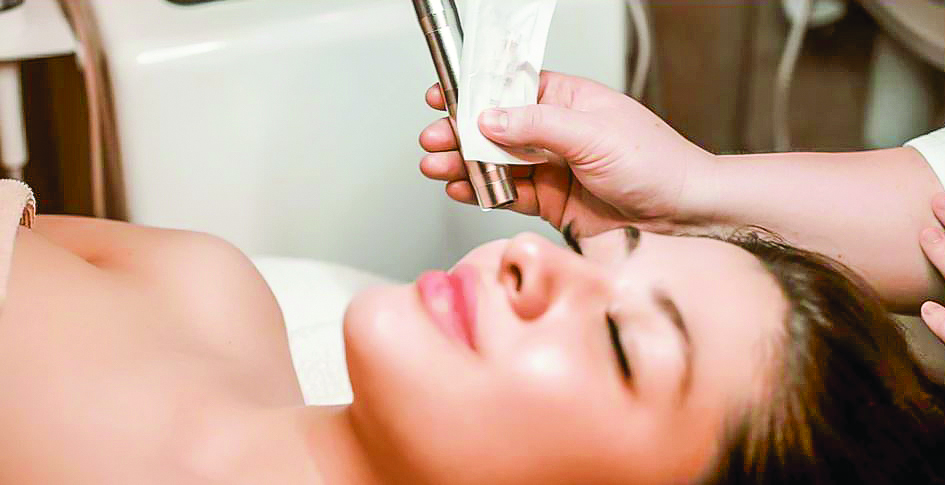Open pores are a common skin concern that can affect people of all ages. They are the small openings on the surface of the skin where hair follicles reside, and while they are a natural part of the skin’s structure, enlarged or prominent pores can be aesthetically displeasing.
Factors contributing to open pores
1. Genetics: One of the important factors influencing pore size is genetics. If your parents have large pores, there’s a higher likelihood that you will too.
2. Excess Sebum Production: Overactive sebaceous glands can lead to excess oil production, which causes pores to enlarge. This is common in people with oily skin types.
3. Aging: As we age, the skin loses elasticity and collagen, causing pores to appear larger.
4. Sun Damage: Prolonged exposure to UV rays can damage the skin, leading to thickening of the skin layers and loss of collagen, which results in more visible pores.
5. Clogged Pores: When pores are clogged with dirt, oil, and dead skin cells, they can stretch and appear larger.
6. Improper Skin Care: Inadequate cleansing can leave residues that can clog pores
Medications for Treating Open Pores
Retinoids: These vitamin A derivatives increase cell turnover and promote collagen production, helping to minimize the appearance of pores. Prescription retinoids like tretinoin are particularly effective, but over-the-counter options like retinol are also beneficial.
Salicylic Acid: A beta hydroxy acid (BHA) that penetrates deep into the pores to exfoliate and remove excess oil and dead skin cells, preventing clogging and helping to reduce pore size.
Alpha Hydroxy Acids (AHAs): These include glycolic acid and lactic acid, which exfoliate the skin’s surface, improve skin texture, and minimize the appearance of pores by promoting cell turnover.
Niacinamide: A form of vitamin B3 that helps regulate oil production, improve skin elasticity, and enhance the barrier function, leading to smaller-looking pores.
Benzoyl Peroxide: Effective for treating acne, benzoyl peroxide helps reduce oil production and kill acne-causing bacteria, thus preventing clogged and enlarged pores.
Procedural Treatments for Open Pores
Scientific advancements have led to several procedural treatments that effectively minimize the appearance of open pores.
Fractional Laser Resurfacing
Fractional laser resurfacing uses laser beams to create micro-injuries in the skin, promoting collagen production and skin renewal. Fractional CO2 and Fractional Erbium lasers significantly reduces pore size and improves skin texture by stimulating collagen production.
Non-Ablative Laser Treatments
Non-ablative lasers like Q switched ND Yag lasers are effective in stimulating collagen and elastin production which help tighten the skin and reduce pore visibility. Pulsed Dye lasers reduce redness and improve texture.
Microneedling
Microneedling involves using fine needles to create micro-injuries in the skin, stimulating collagen and elastin production. Derma rollers and Radiofrequency microneedling are effective techniques to reduce pore size and tighten skin.
Chemical Peels
Chemical peels involve applying a chemical solution to the skin, causing it to exfoliate and peel off, promoting new skin growth. Glycolic acid peels help reduce pore size by removing dead skin cells and stimulating collagen production. Salicylic acid peels are particularly effective for oily skin and unclogging pores.
Combining Treatments for Optimal Results
For many individuals, a combination of topical medications and laser treatments yields the best results. Here’s how to create an effective regimen:
Start with Topicals: Incorporate retinoids, salicylic acid, or AHAs into your daily skincare routine. These help to keep pores clean and reduce their appearance over time.
Consult a Dermatologist: Before starting laser treatments, it’s essential to have a professional assessment. A dermatologist can recommend the most suitable laser therapy based on your skin type and condition.
Follow Up with Maintenance: Post-laser treatment, maintaining results with appropriate skincare is crucial. Continue using recommended topicals and practice good sun protection habits to preserve the benefits of laser treatments.
For individuals seeking to address open pores, consulting a dermatologist to determine the most suitable treatment based on skin type and condition is crucial. With advancements in dermatological procedures, achieving smoother, more refined skin is increasingly attainable.























